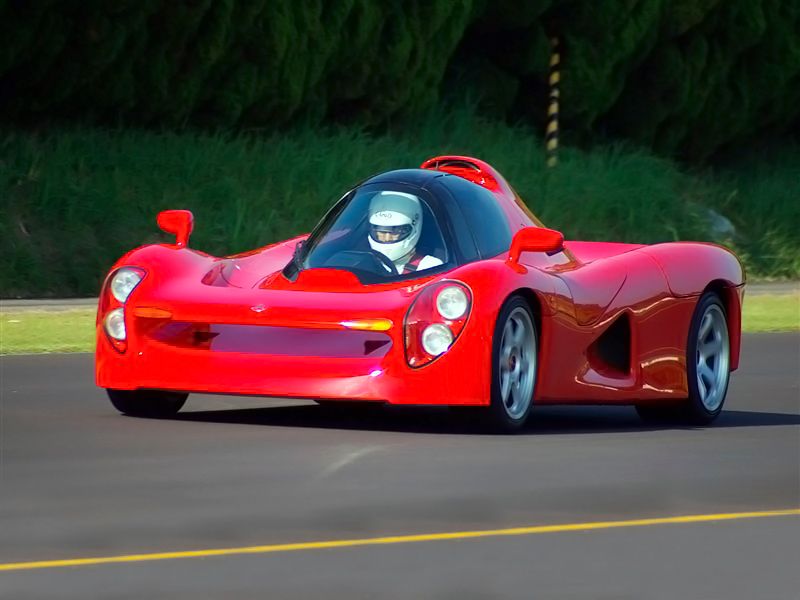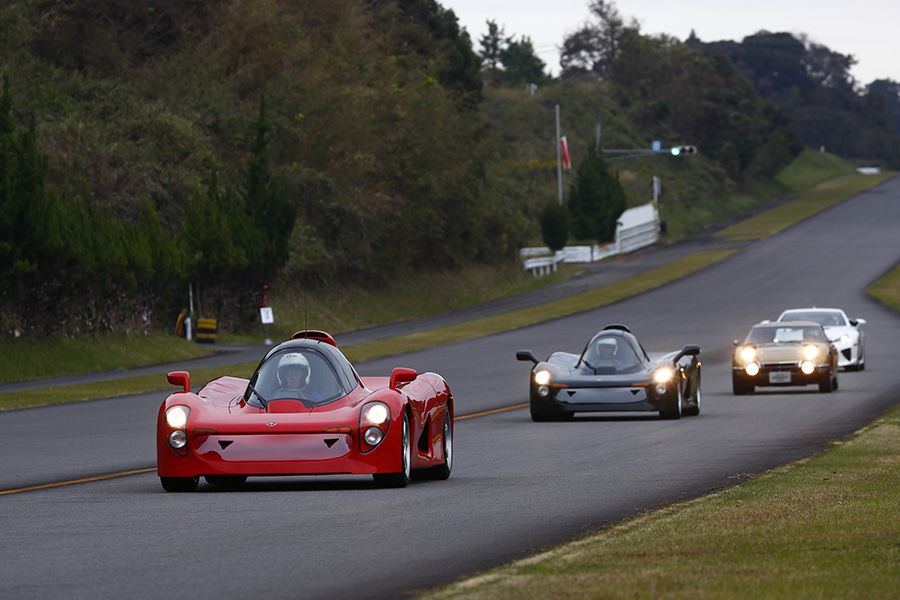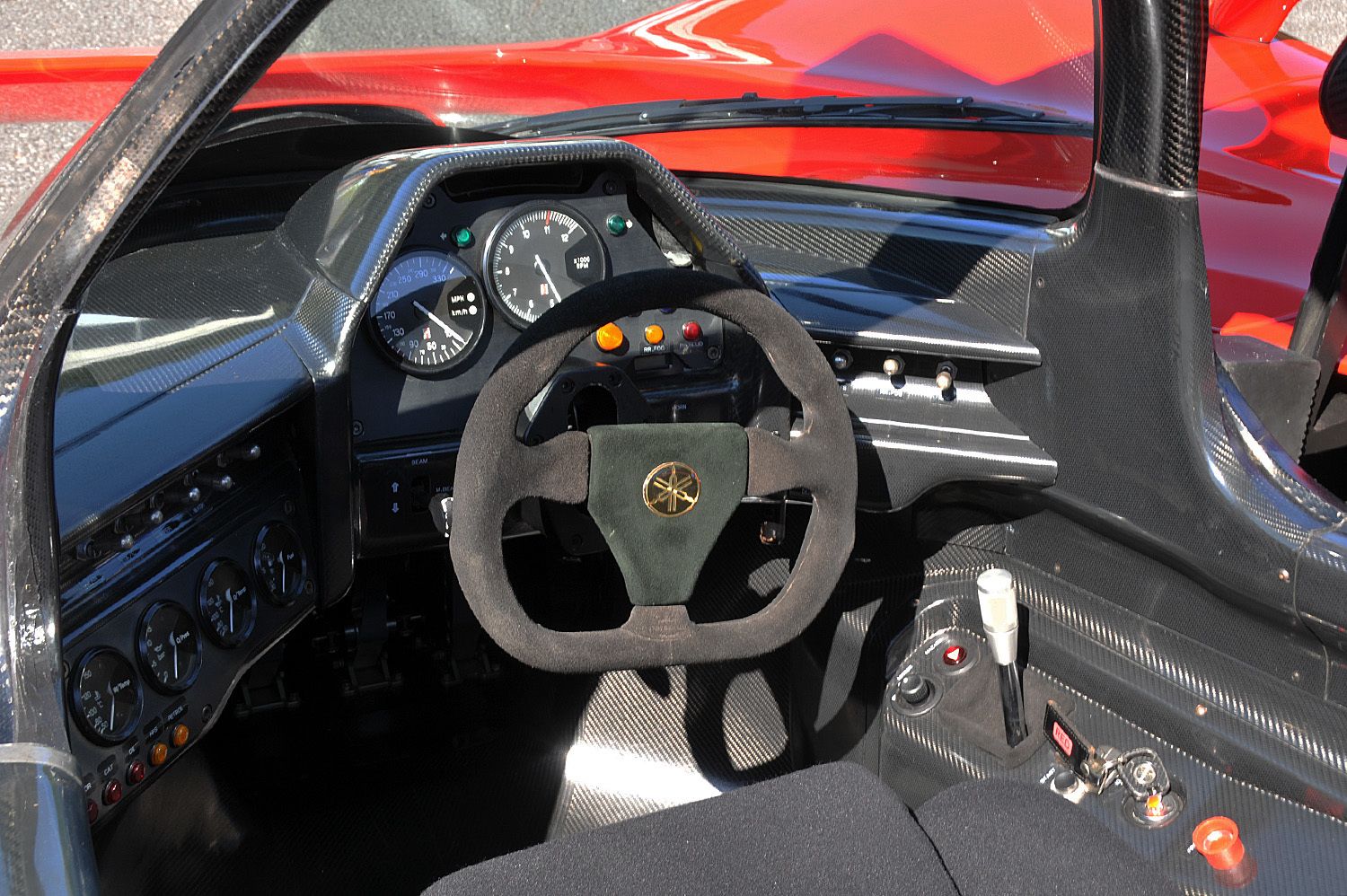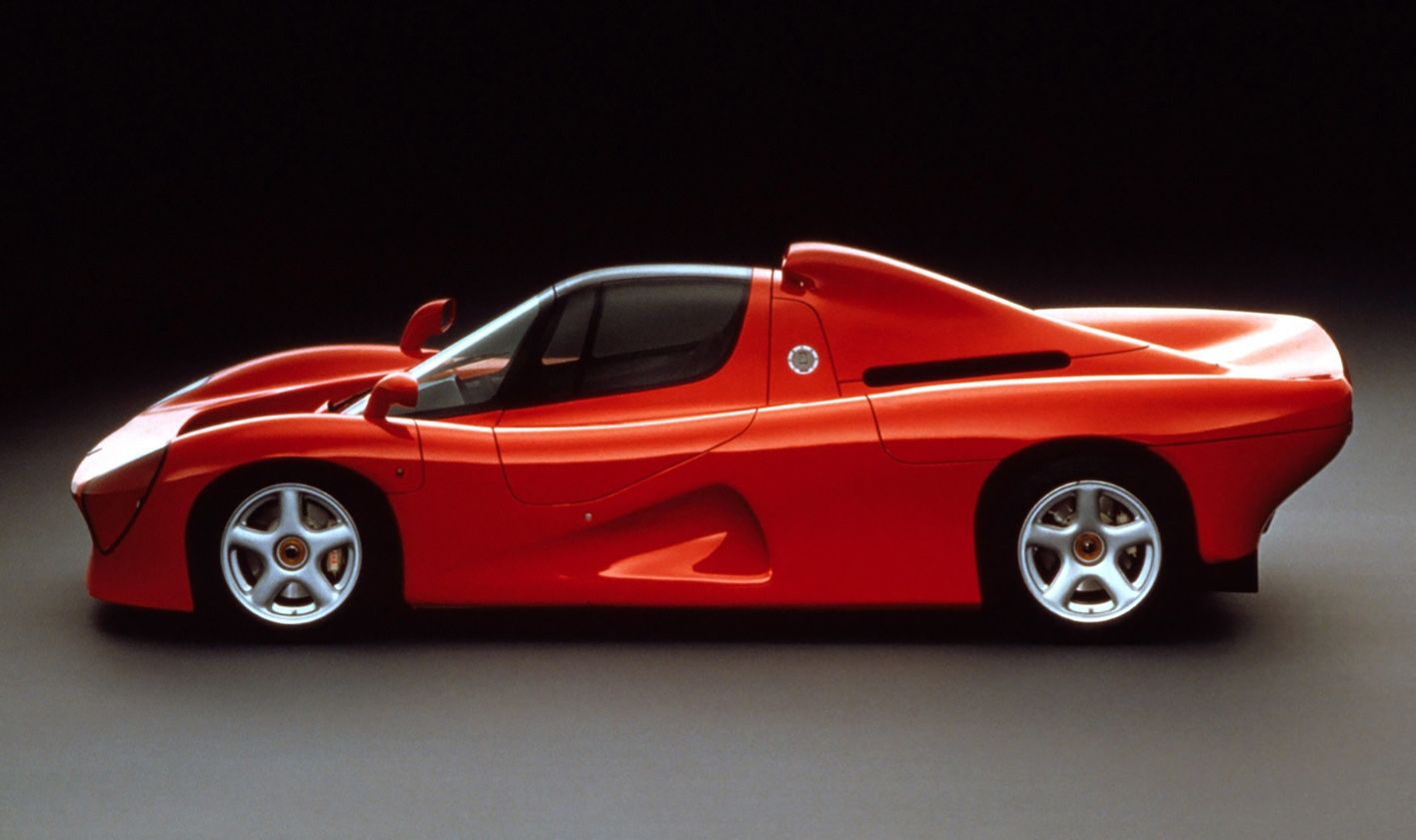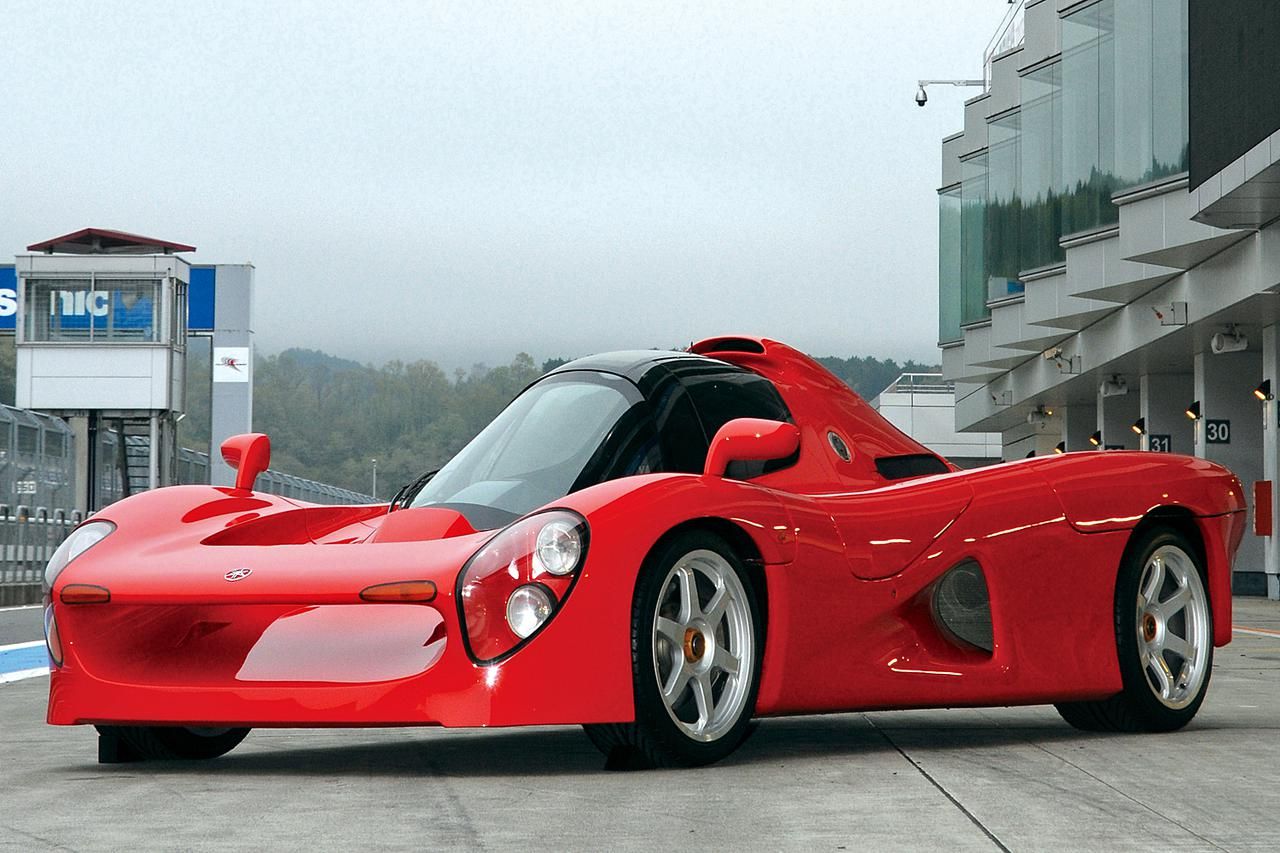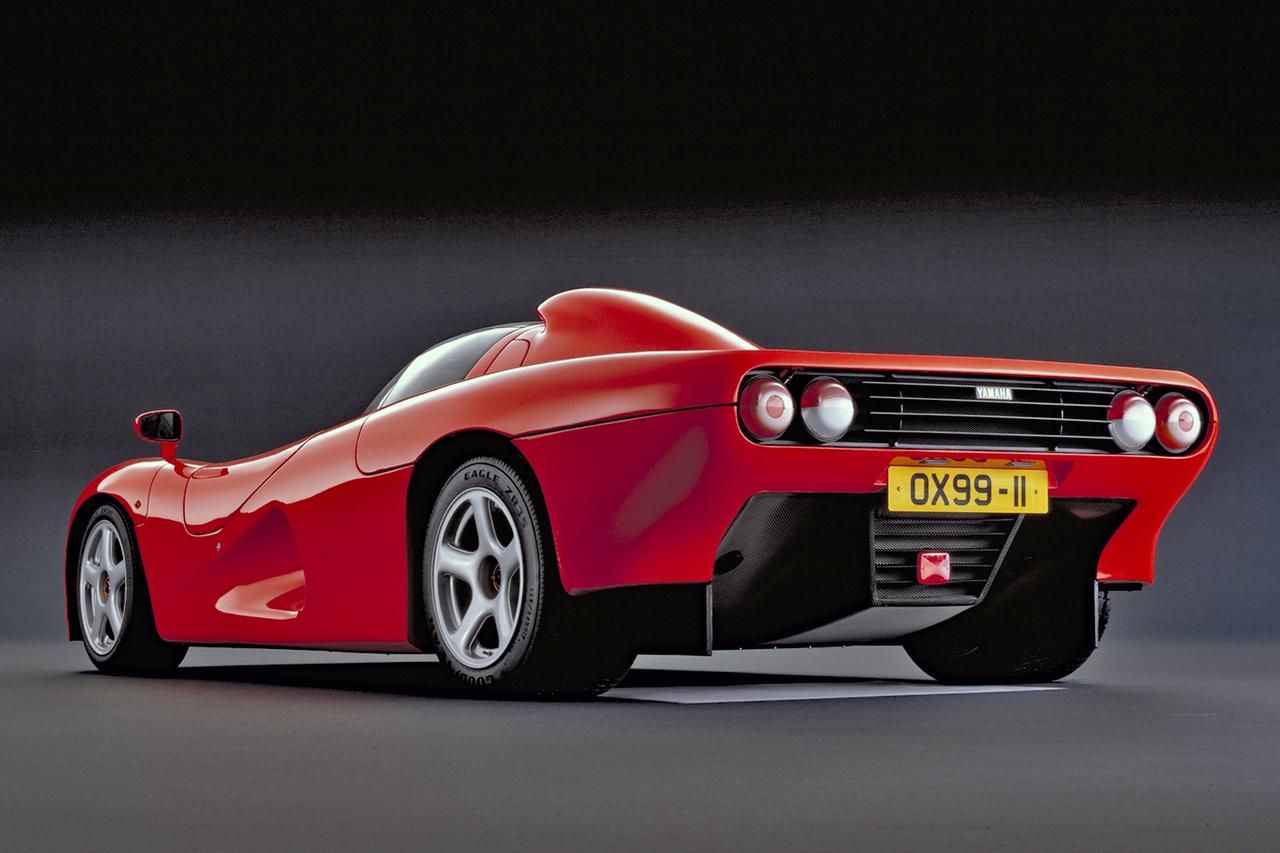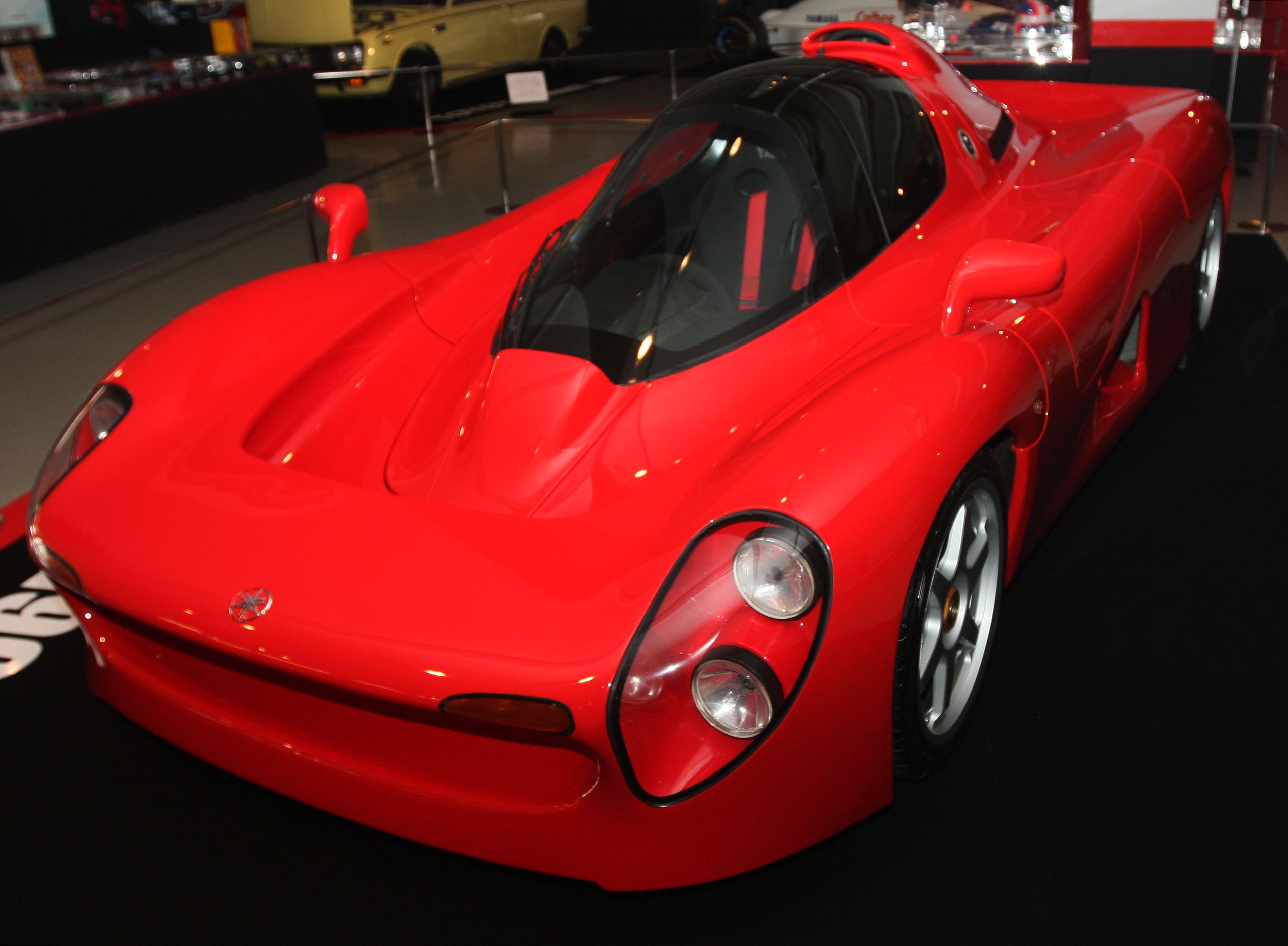Yamaha is a company mostly associated with motorcycles and musical instruments. There are also the occasional collaborations between Yamaha and certain carmakers – mostly (but not limited to) Toyota – where they design engines for high-performance vehicles. Some more notable examples are the Toyota 2000GT, Ford Taurus SHO, Lexus LFA, and others. What many don’t know, however, is that in the 1990s, Yamaha decided to build a car of its own. It was called the OX99-11 and although it ultimately failed, there are many interesting facts about this weird-looking supercar, which we are now sharing with you.
It was inspired by Formula One and Group C racing
The Yamaha OX99-11 may have been conceived in 1992, but it all started in 1989 when Yamaha started competing in Formula One as an engine supplier. It’s then that the idea of a money-no-object Yamaha supercar came to be. Moreover, the car needed to be based on actual F1 technology, even though Yamaha was doing poorly in motorsports.
Named after its engine
Fun fact: some people believed that the V-12 had something in common with the one used in the Bugatti EB110, as it had similar displacement and the same V-12 layout. The difference of course was that while the Yamaha unit was normally aspirated, the one used by Bugatti had a quad-turbo setup. Of course, the two engines didn’t share a single component. Essentially, it was a road car, powered by a Formula One-derived engine, similar to what they did with the Ferrari F50 and, more recently, the Mercedes AMG One. The difference is that Yamaha's V-12 was much more restricted in its road-going form.
Yamaha wasn’t pleased with the initial design
Yamaha first approached a German company to design the body. However, the end result was deemed to be too mainstream, as it looked like most other supercars of that era. Yamaha’s subsidiary – Ypsilon Technology – then contracted IAD (International Automotive Design) for the task. The car ended up with an aluminum body, designed by Takuya Yura. The whole car was underpinned by a carbon-fiber chassis. The suspension was double-wishbone all around. The Yamaha OX99-11 featured a staggered set of tires, which were 245/40R17 front and 315/35R17 rear.
It had two tandem seats
Yes, the Yamaha 0X99-11 was a two-seater, but not in the traditional sense.
The OX99-11 did not have doors
At least not in the traditional sense. Because of the tandem seating arrangement, the car featured a canopy. The whole thing was glass, just like in a jet-fighter. To gain access to the interior, you have to open it from the left side.
The final product was rushed
This was mostly due to disagreements between IAD and Yamaha in regard to the development budget, which happened sometime in late 1991. This resulted in Yamaha transferring the entire project to its subsidiary, Ypsilon Technologies. Yamaha gave them six months to sort things out with the project, otherwise, it would be terminated.
Very few ended up being made
Yamaha wanted to put a steep price tag on it
The Yamaha OX99-11 reportedly had an expected price of around $800,000, which in 2021 equates to over $1.53 million – an enormous amount of money, considering the manufacturer lacks a previous history of making supercars. To put things in perspective, back in those days, the McLaren F1 cost $815,000. Not to mention the much more affordable (in comparison) $350,000 Bugatti EB110 or the $239,000 Lamborghini Diablo – all of which great supercars with heritage.
Moreover, a mid-engine V-12 Yamaha supercar would never have had the same recognition as, let’s say Lamborghini, Bugatti, or McLaren. Strangely enough, it would probably make it today, as many startup manufacturers are giving established ones a run for their money.
In the end, the Yamaha OX99-11 had a bad timing
The Yamaha OX99-11 was a product of the early 1990s. At that time, Japan’s economy was in a deep recession. Corporate investments dropped by a whopping 22 percent, so people weren’t exactly in a rush to get their hands on an exclusive, six-figure, V-12 supercar, especially from a manufacturer that doesn’t have much experience in making such. The project was delayed until 1994 before Yamaha pulled the plug on it.
That said, the Yamaha OX99-11 would have succeeded in our time, as nowadays, it is much more acceptable for companies to branch out into making exclusive vehicles. Moreover, Yamaha has proven itself by designing capable and great-sounding performance engines for various carmakers. In addition, the OX99-11's minimalistic, yet uncompromising approach to performance could have spelled big trouble for modern-day supercars. With that being said, the OX99-11 would make much more sense now than it did back then. Sadly, we may never know.

